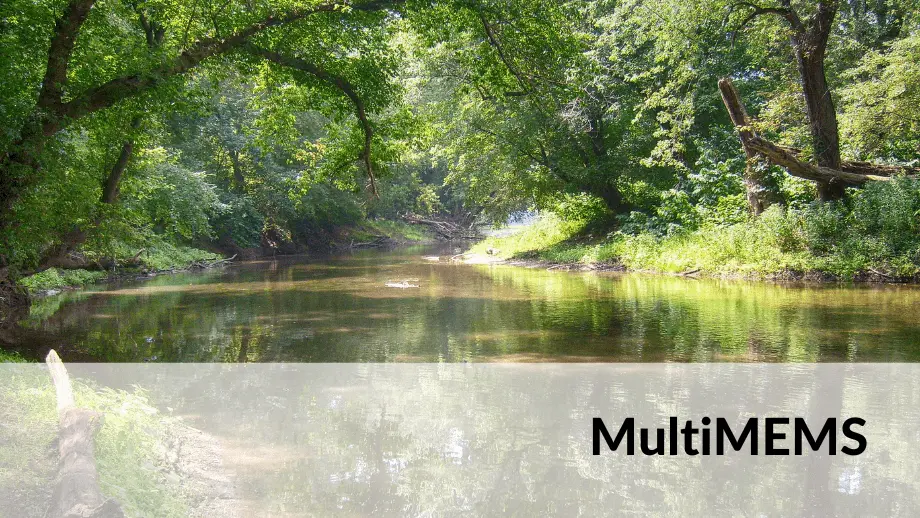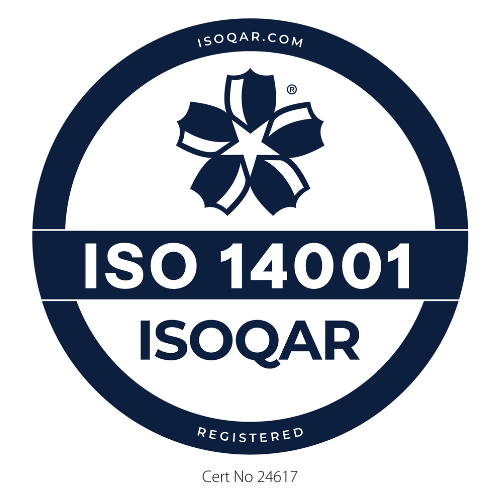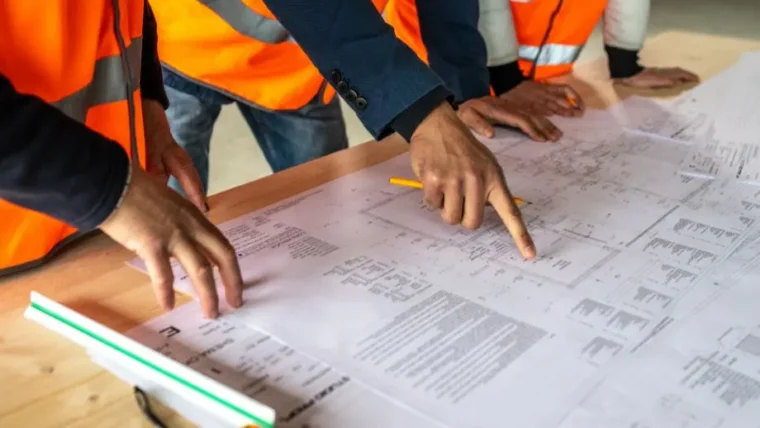MultiMEMS

Contact our expert Dr Sonja Ostojin for more information.
What is MultiMEMS?
MultiMEMS is a novel micro-technology platform for the nutrient sensing. It will open up the continuous monitoring of nutrients such as phosphates, nitrates to new applications. It will give essential observability – which is currently absent in monitoring the increasing problem of nutrients in our rivers and other natural waters.
The new sensor platform is based on the coupling of polymeric compounds with affinity toward target substances with microelectromechanical mass sensing technologies.
The technology is low cost and comparable with those used for continuously measured parameters such as pH, DO and conductivity. Additionally, the probes will measure multiple parameters.
Why is it needed?
The increasing problem of nutrients and pesticides in our natural waters, and the state of the art in monitoring these substances, mean a step change is required.
The imparting of nutrients on the aquatic environment is arguably our biggest impact? from agrirunoff (59% of nitrates, 26% of phosphates) and from wastewater treatment works outfall.
Nitrate Vulnerable Zones (NVZ) are areas of land that drain into nitrate polluted waters, or waters which could become polluted by nitrates. The extent of nitrate vulnerable zones has increased dramatically in recent years.
Around 50% of the total river length in England and Wales has a phosphate concentration greater than 0.1 mg/l. This is the limit observed to say whether water is fit for treatment for potable water.
Nutrients are very difficult to measure in the field. Spot sampling using colorimetry and the like gives a small amount of expensive data, as does autosampling and relaying for laboratory analysis. Obviously, there is latency in the data provided by this latter approach.
ISE (ionselective electrode) sensors are high maintenance, expensive and give very poor, unreliable data, but are available for ammonium, nitrate and chloride. Some process instruments are available, which use reactions and reagents, at a cost in the order of tens of thousands of pounds.
How does it work?
MultiMEMS is an integration of current technologies:
- Polymers engineered to bind only specific substances: affinity layers
- Mass sensing – Micro electromechanical structures sense tiny accumulated masses, down to 1µg/cm2 of contact area
- Signal processing – deducing concentrations of target substances from MEMS structure resonant responses
The MultiMEMS probes will be integratable using industry standard protocols. This will allow this powerful new technology to leverage contemporary logging and communications technology and on-line platforms.
Why is it different?
MultiMEMS will allow continuous accurate measurement of a range of substances, starting with phosphates, nitrates and metaldehyde. This will be at a cost comparable to that for other commonly measured variables. This is without resorting to physical samples and laboratory analysis, or the expensive and limited-observability approach of spot sampling.
Devices will be unattended and will measure a series of difficult-to-measure parameters. In short, MultiMEMS will the economic observation of natural waters at a detailed temporal level. This will start to allow the problems created by agricultural runoff and wastewater outfalls to be addressed, and for problems to be addressed further up the chain.
Project Partners
Environmental Monitoring Solutions Ltd (Project Lead) – Project management, market engagement and exploitation, guiding the practical design of instruments, and field trials
University of Sheffield and particularly the Kroto Institute – Affinity chemistry, surface chemistry, mechanical MEMS design
Practical Control Ltd – Signal processing and production of the probe and associated software
Related Case Study
Accreditations & Awards








Related Insights

Management and Compliance Bulletin - 14th April 2025
Your monthly update on legislation, interesting news articles, and webinars from the environmental sector.








